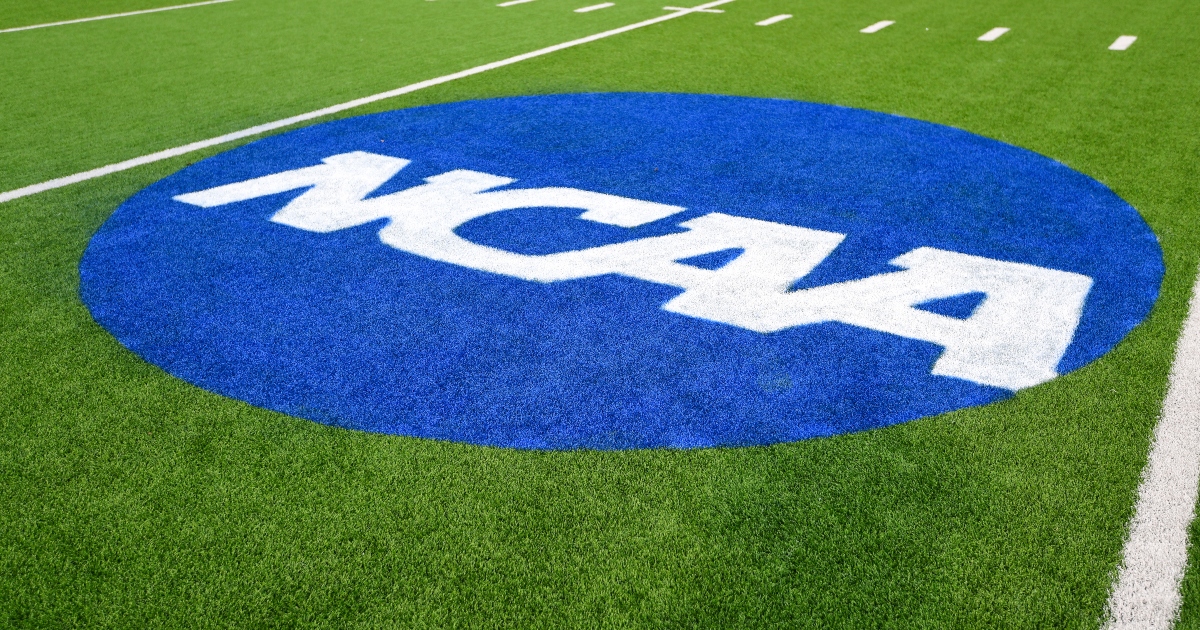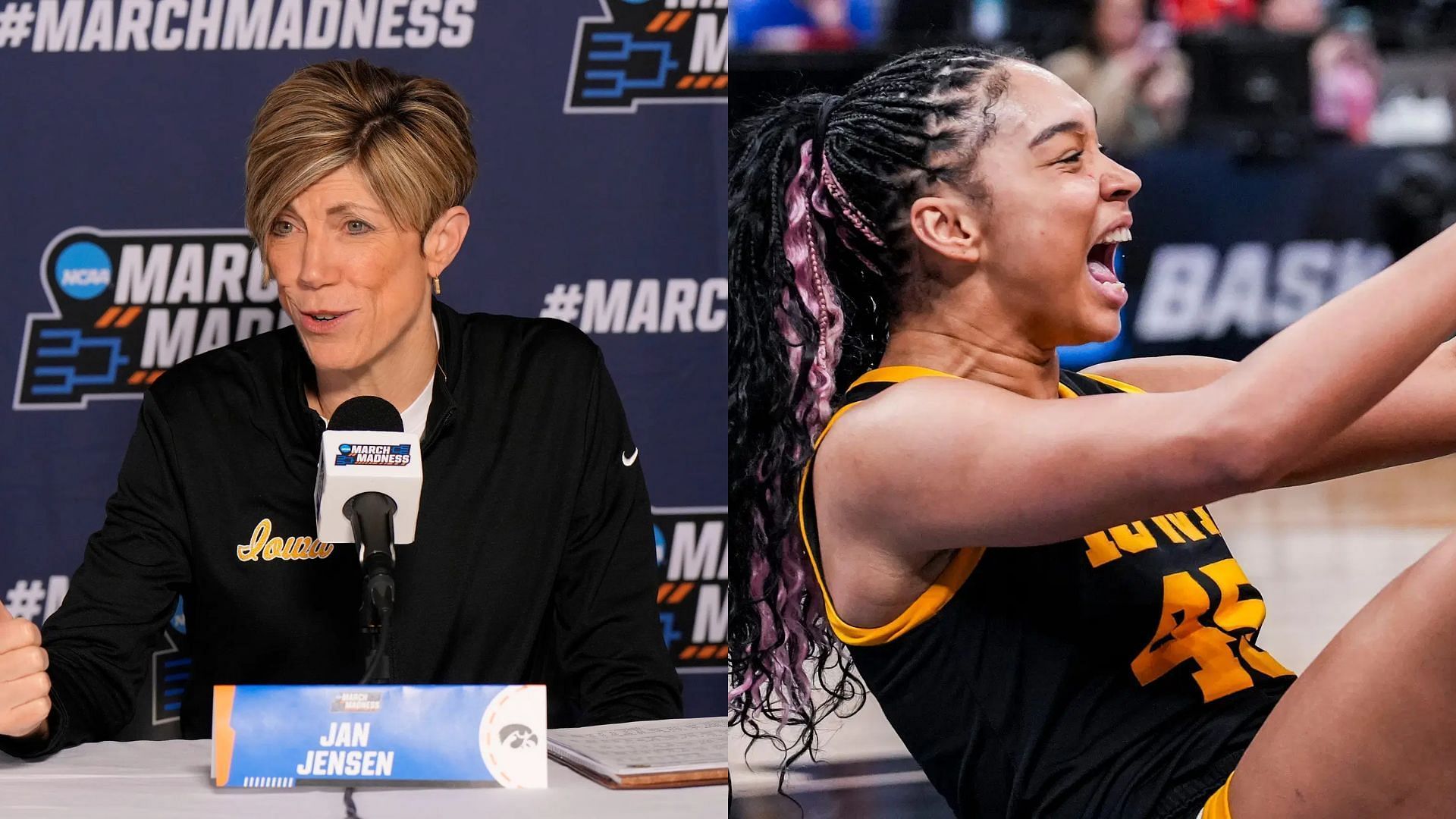NCAA issues waiver for Designated Student-Athletes to enter NCAA Transfer Portal

The NCAA Committee on Legislative Relief announced it will issue a one-time waiver to allow Division I athletes that programs place on the “Designated Student-Athlete” list to enter the transfer portal between July 7 through Aug. 5. The deadline for FBS programs to assign DSAs is Sunday, July 6.Players placed on the “Designated Student-Athlete” list are grandfathered-in that are exempt from the new roster limits implemented as part of the House v. NCAA settlement that was approved last month.As Yahoo! Sports insider Ross Dellenger pointed out Wednesday, an athlete is eligible to be placed on a DSA list if he/she would have or had already been removed from the school’s roster due to the new House-mandated roster limits, and was an eligible member of the team during the 2024-25 season, and/or recruited and assured a 2025-26 roster spot by the program.There is no limit to how many athletes a school can designate as a DSA. Deadline to submit DSA lists is July 6.However, the DSAs are now free to transfer this summer and “must be released from their contract prohibition” with their existing schools, per documents. pic.twitter.com/3HXDYjw2NE — Ross Dellenger (@RossDellenger) July 2, 2025Once placed on a program’s Designated Student-Athlete list, those student-athletes are eligible to transfer this summer without conditions, and “must be released from their contract prohibition(s)” with their current school. As mentioned, DSAs will not count against their new school’s roster limits.The grandfathering of designated student-athletes was a key sticking point for California judge Claudia Wilken to approve the landmark House v. NCAA class-action settlement on June 6, which ushered in direct revenue-sharing between schools and student-athletes beginning Tuesday.Defendant attorneys include grandfathering provisions for roster limitsAs part of the settlement, FBS athletic programs are held to strict roster limits: football (105), men’s and women’s basketball (15), baseball (34), men’s and women’s soccer (28), softball (25) and volleyball (18).Wilken initially pushed back on the limits automatically being put in place, stating that the House v. NCAA settlement would not move forward if roster spots were not grandfathered in. NCAA and power conference attorneys, along with plaintiffs’ attorneys, eventually agreed on a plan to phase in roster limits.Plaintiffs’ attorney Jeffrey Kessler told On3 those designated student-athletes would be exempt from all roster limits for their entire careers. That includes current athletes cut for next year and high school seniors who were promised spots for next year, but had those positions withdrawn.“While Defendants insisted that the changes to the Settlement Agreement recognize that individual schools and their athletics departments retain discretion to independently determine which athletes will be on their rosters, that has always been the case; and it remains unchanged whether or not there are roster limits,” the filing reads. “The revisions to the Settlement Agreement ensure that class members who have or would have lost roster spots or promised roster spots as a result of the new roster limits will be in the same position as they would have been in if roster limits were never implemented, i.e., roster limits do not apply to them.“We thus believe that this relief is exactly the type of change that the Court was seeking and in fact, provides even greater protections for athletes than the Court identified.”— On3’s Pete Nakos contributed to this report.









